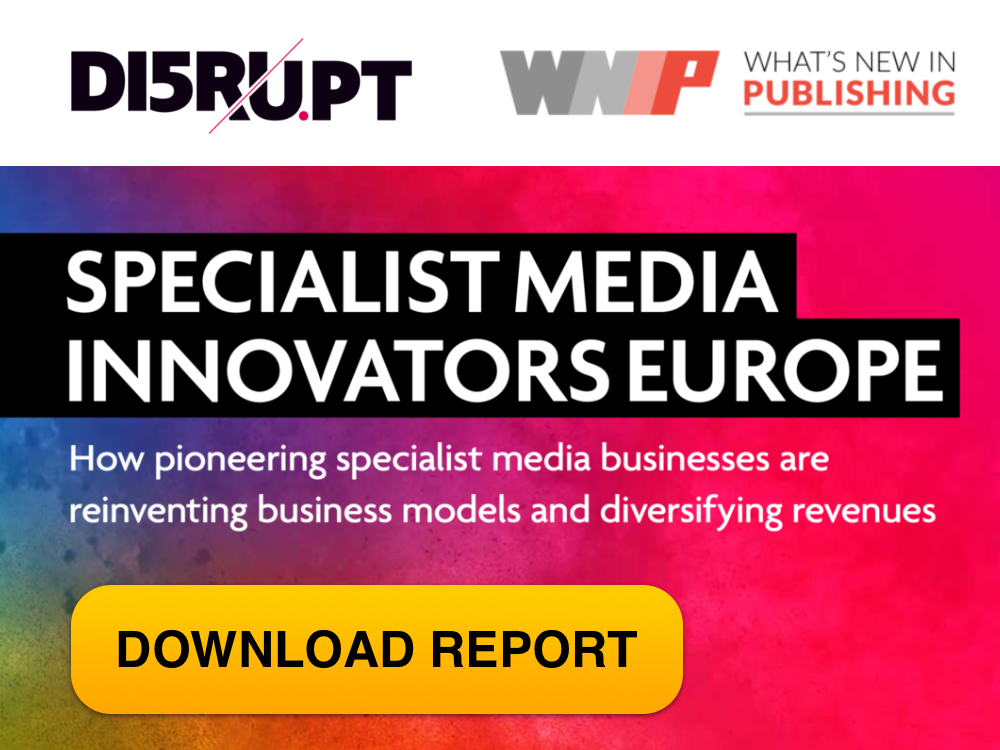|
Getting your Trinity Audio player ready...
|
Over the last few months, big players across the industry have been publicly embracing the email newsletter. Facebook announced newsletter tools for independent journalists called the Journalism Project, while Twitter ventured into newsletters by acquiring Revue. And on the publisher side, Forbes launched its own newsletter division and Patch created a local newsletter platform.
With all eyes turned towards this unlikely star of 2021, it’s time to take a step back and ask, “Why are newsletters having a moment?”
Why newsletters?
Simply put, newsletters drive revenue. Newsletters are a powerful vehicle for delivering content that consumers have opted into and engage with at a high rate, and can therefore be monetized at a premium. It is also a very effective way to direct traffic to the publisher’s webpage, providing additional revenue opportunities beyond the newsletter itself.
Readers who visit the website from a newsletter drive a higher CPM on view because it is connected to a logged-in identifier: the email address. This helps to ensure advertisers get more knowledge about who is consuming the content, thus increasing the value of these impressions to the advertisers. And if a particular audience proves of a high-enough value to certain advertisers, these email addresses can also be used to cultivate audiences publishers can monetize through direct deals, even outside of their owned channels.
In addition to advertising revenue, the data from newsletters can help sell subscriptions. Publishers can leverage insights from newsletter engagement, like who is reading what and when, to inform dynamic paywalls. It’s a delicate balance to know exactly when is the best time to put a paywall up, but by connecting high-intent behaviors to a stable ID like the email address, publishers can convert subscribers at a higher rate without harming a casual reader’s experience.
Why now?
This email newsletter renaissance points to a larger trend towards identity resolution as we creep closer to the deprecation of third-party cookies. In a recent survey we conducted, only 32% of respondents felt confident in their plan for resolving Identity once third-party cookies go away. When trying to replace them, respondents said that email addresses (29%), first-party data collected directly by publishers (25%) and embracing The Trade Desk’s Universal ID 2.0 (22%) are the most important digital assets.
As the industry collectively races to find a solution, the email address has emerged as a cornerstone of addressability and identity resolution. With a robust first-party data strategy that has email at the core, publishers will be in a better position to mitigate any potential revenue losses when third-party cookies go away.
Separate from identity, the pandemic may be also another factor why journalists are itching to start their own newsletters through Forbes, Axios, or otherwise. With changes to the economy, Americans are starting new businesses at the fastest rate in over a decade, and journalists are fully on-board. Combine this entrepreneurial spirit with a newfound hunger for independent, trustworthy journalism, and you have a winning formula for a successful newsletter boom.
What’s next for email?
As the year continues, we anticipate that more companies, especially publishers, are making a play for email. Both brands and publishers are ready to invest heavily in Identity frameworks in advance of the changes to Google Chrome coming in 2022 and email will play a significant role in building those frameworks.
Much like we saw a boom in podcasts in the mid-2000’s, we’re going to see a similar glut of newsletters coming from brands and publishers of all types in 2021. As a result, there will be a new focus on the tools and technologies used by both publishers and readers to navigate this new medium. We may even see some experimentation in the form and function of newsletters, perhaps as a way to do serialized storytelling in both the fiction and nonfiction realms.
Newsletters have always been an invaluable asset for publishers, and arguably the best way to provide benefits across the board – to publishers, brands, consumers, and journalists. The surge in newsletters is a nod to the fact that their value is being acknowledged and properly utilized.
Nick Dujnic, VP Marketing at LiveIntent
About: LiveIntent, one of the world’s largest people-based marketing platforms, connects 2,500 publishing and advertising brands with over 250M logged-in users every month across all types of media. With the anonymized email address at the center of its identity graph, LiveIntent provides brands with solutions that help them monetize, acquire, and retain real people, even where cookies don’t work. LiveIntent is home to over 190 people worldwide with offices in New York, Berlin, and Copenhagen.



